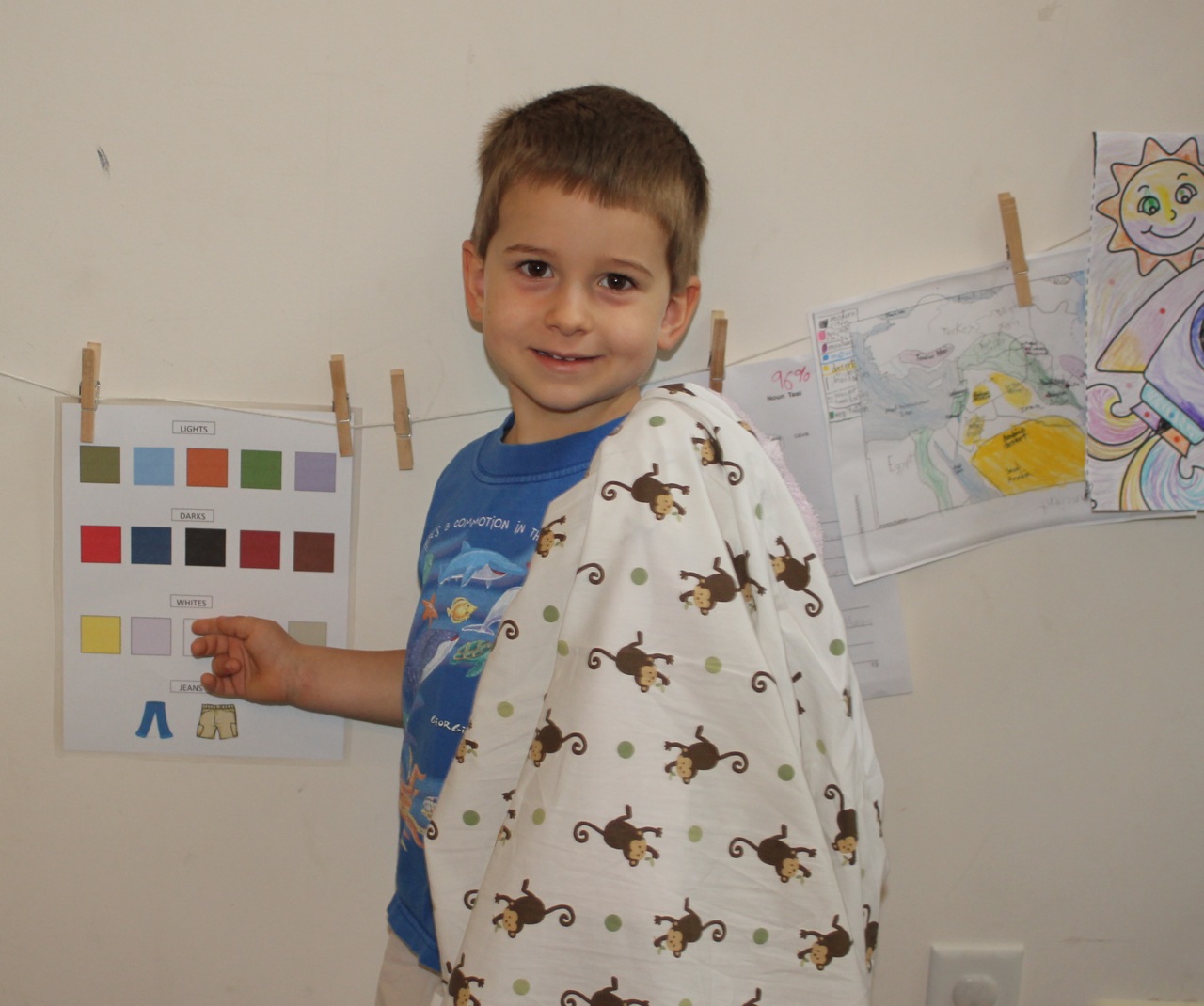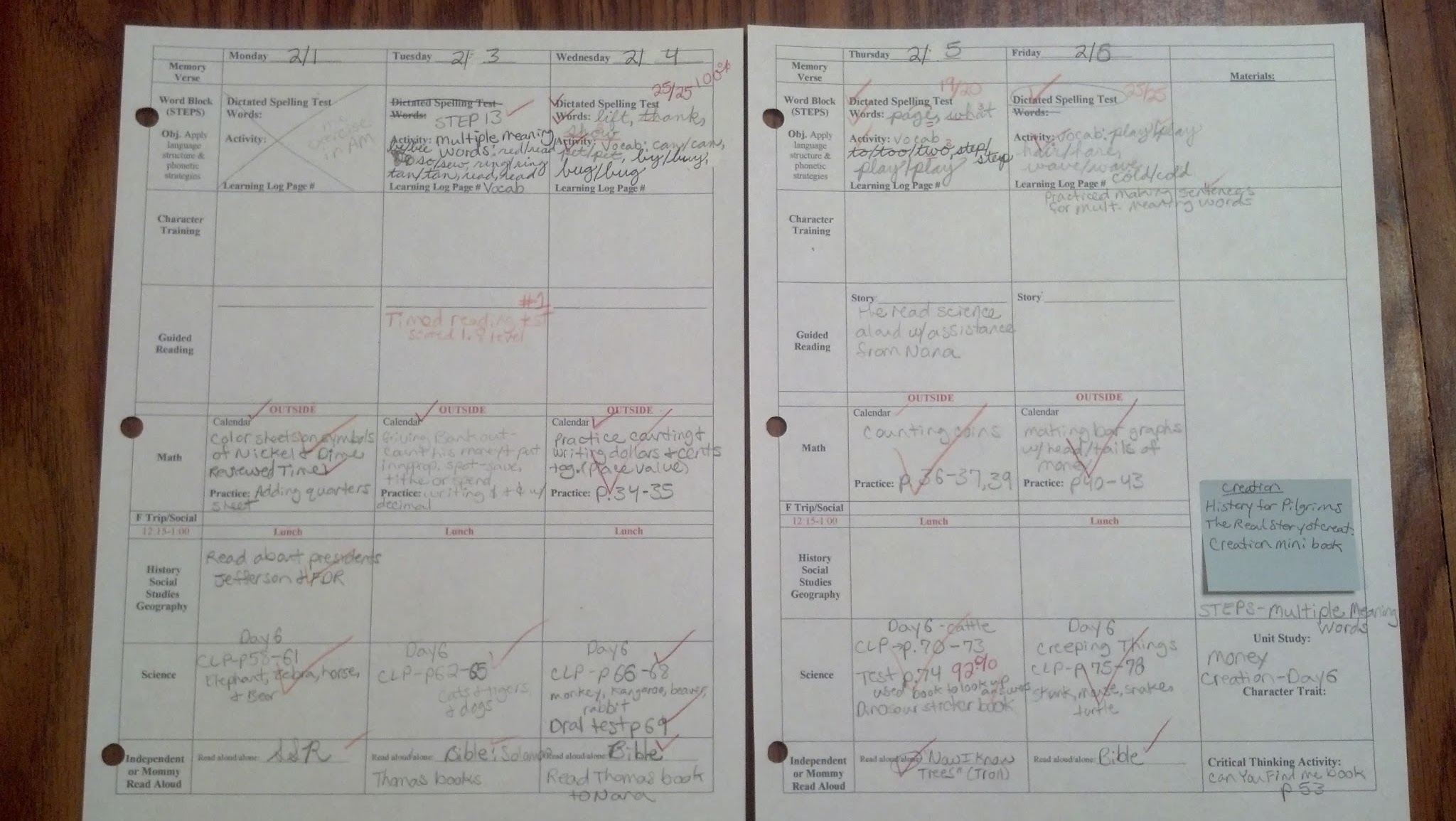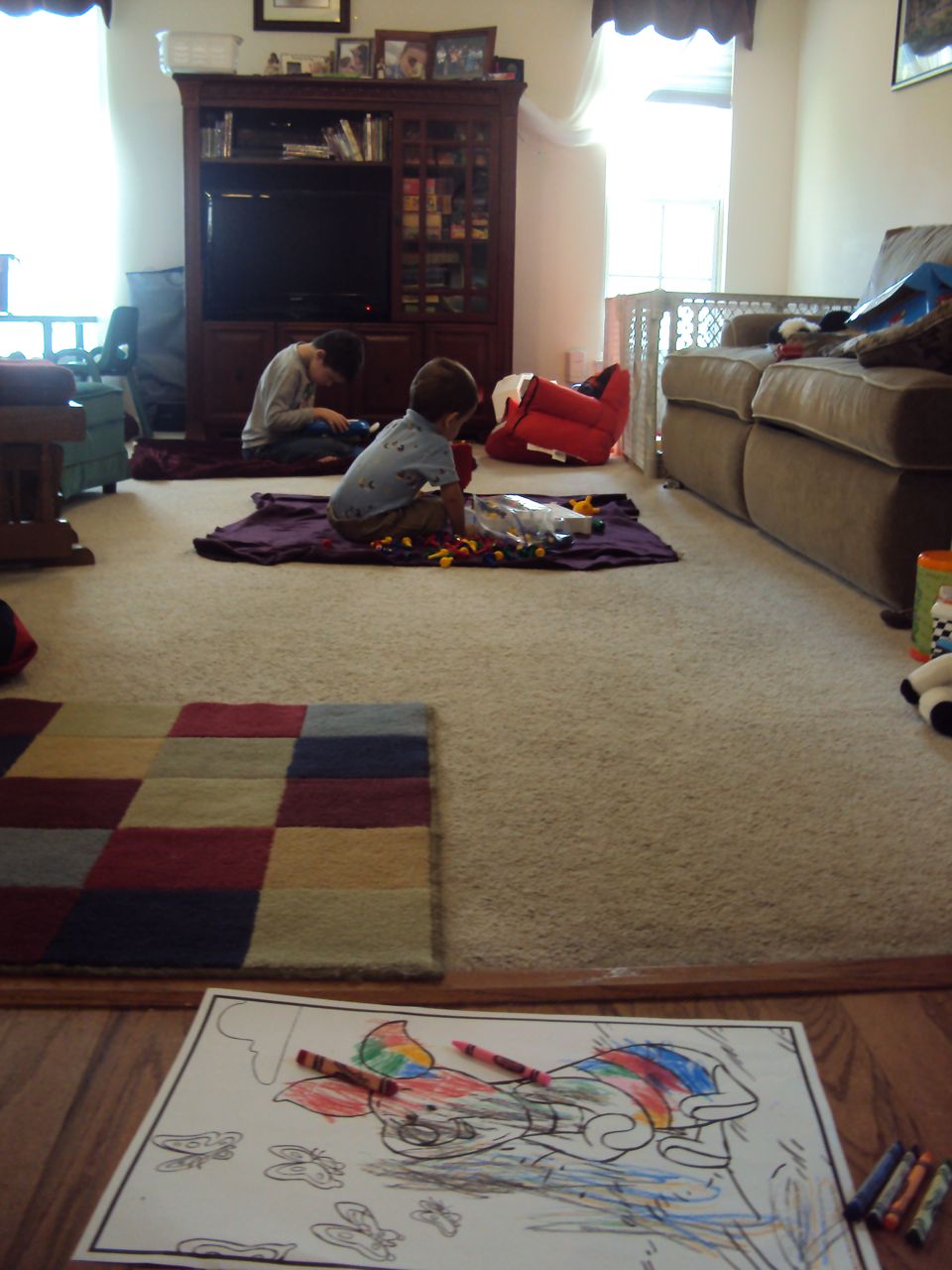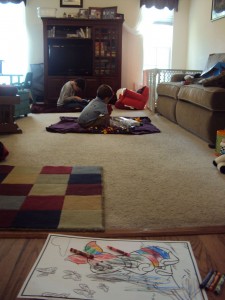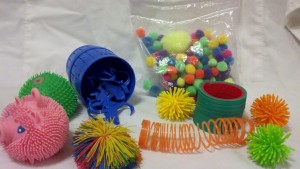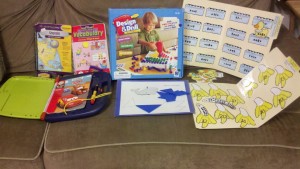Chores. We all dislike them at one point or the other. We all have to do them!
In our family, chores are a requirement. They are a way of investing into the family. They are also an area of character training by way of teaching personal responsibility. We do not pay for our children to make their beds, help with laundry, unload the dish washer, or wipe/vaccume around the table after meals. If they want to earn money, we offer extra chores (perhaps a job that I would like done or would pay someone else to do anyway). Some of these paid jobs might be cleaning the inside &/or outside of the cars, washing blinds, or dusting baseboards.
The biggest chore, especially with 4 growing boys, is LAUNDRY! I started traing my oldest in how to do laundry when he was 2 1/2 years old. I let him “help” me and over time he could do more and more on his own (yes, this “help” does slow you down at first but it teaches too). Doing chores teach responsibility and serving as well as sorting, stacking, and all kinds of motor skills.
As each child gets bigger in our family, the chores get passed to a younger sibling- and they get a new chore. See What Every Child Should Know Along the Way for a list of age appropriate chores by year from 3-18 years old. My 9 year old has been trying to teach my 4 year old how to sort the dirty laundry into colored piles…and the learning process has been going slowly. There’s just SO many colors! Then I had an idea- a sort of “cheat sheet” to help Josiah with the laundry!
I created a sheet with color samples to illustrate what piles the items belong. While the color list is not exhaustive, it has helped a great deal for my visual learner to be able to sort most of the laundry by himself. I still get an occasional “Where does this go Mom?” but the frequency has been much less. I’m just wondering why I didn’t create this guide sooner!
Download a copy of the Color Sorting Cheat Sheet.
